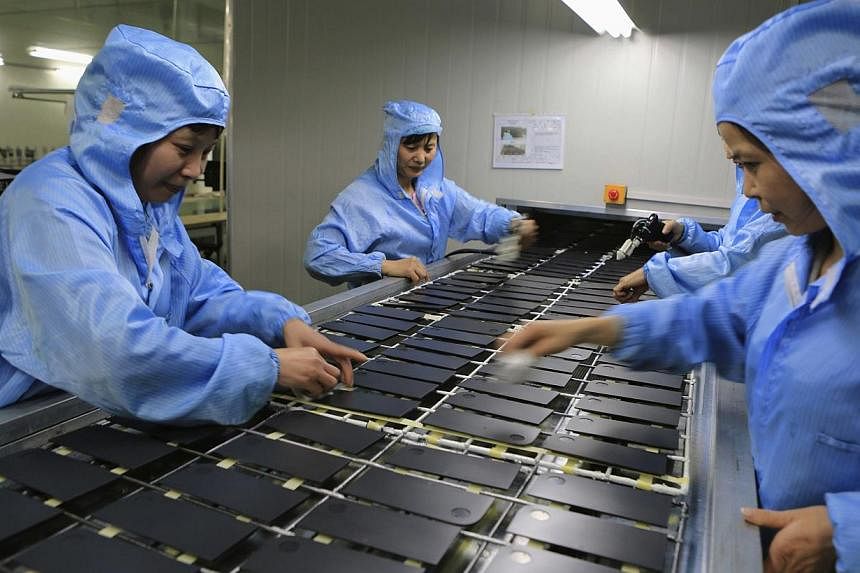BEIJING (Reuters) - China's services sector grew at its fastest pace in six months in May as new orders rebounded, an official survey showed, reinforcing hopes that the Chinese economy may be steadying after a tumultuous few months.
The official non-manufacturing purchasing managers' index (PMI) climbed to 55.5 from April's 54.8, the National Bureau of Statistics said. That is well above the 50-point level that separates an expansion from a contraction in activity.
In a sign of buoyancy in the sector, new orders rebounded to an eight-month high of 52.7, compared to April's 50.8. Business expectations also held their ground at a solid 60.7, compared to April's 61.5.
The pick-up in the services PMI echoes a rebound in China's factory sector, and augurs well for a spate of monthly economic data from the country due later this month.
Official data on Sunday showed China's manufacturing industry grew at its fastest pace in five months in May due to rising new orders, as a PMI for the sector touched a high of 50.8 in May.
Hurt by volatile export growth and sluggish domestic demand and investment, China's economy has had a disappointing showing this year, with a majority of economic indicator releases underwhelming investors.
Worried that unemployment may spike if growth slackens too far, thereby threatening China's social stability, the Chinese government has loosened policy in incremental moves in recent months.
The latest measure was taken on Friday when the government said it would lower reserve requirements, or the level of cash that commercial banks have to deposit at the central bank, for more banks to spur lending - and economic growth.
Growth in the world's second-largest economy slipped to an 18-month low of 7.4 percent between January and March, and is forecast to fall to a 24-year low of 7.3 percent for the year.

